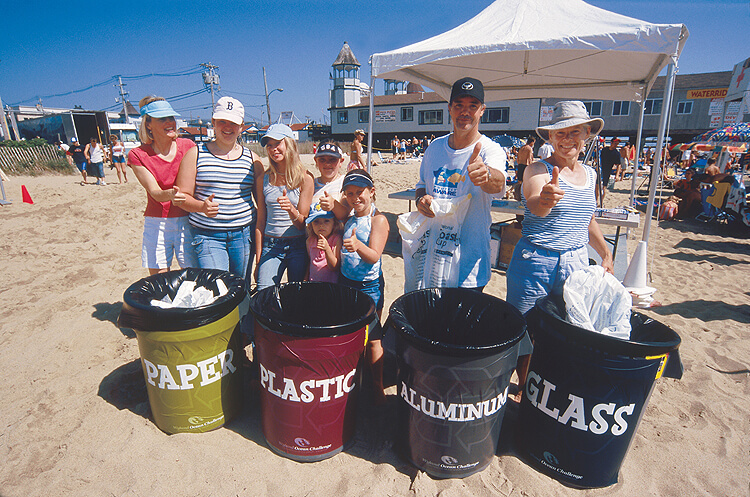Quick Tips for Water Conservation in the Home
In the Kitchen:
- Use an aerator and/or a water flow-reducer attachment on your tap to reduce your water usage.
- Always turn taps off tightly so they do not drip.
- Promptly repair any leaks in and around your taps. (One leak can waste several thousand liters of water per year.)
- When hand-washing dishes, never run water continuously. Wash dishes in a partially filled sink and then rinse them using the spray attachment on your tap.
- If you have an electric dishwasher, use it only to wash full loads, and use the shortest cycle possible. Many dishwashers have a conserver/water-miser cycle.
- When cleaning fruit and vegtables, never do so under a continuously running tap. Wash them in a partially filled sink and then rinse quickly under the tap.
In the Bathroom:
About 65 percent of indoor home water use occurs in our bathrooms, and toilets are the single greatest water users.
- When washing or shaving, partially fill the sink and use that water rather than running the tap continuously. (This saves about 60 percent of the water normally used.) Use short bursts of water to clean razors.
- When brushing your teeth, turn the water off while you are actually brushing instead of running it continuously. Then use the tap again for rinsing and use short bursts of water for cleaning your brush. (This saves about 80 percent of the water normally used.
- Always turn taps off tightly so they do not drip.
- Promptly repair any leaks in and around taps.
- Use aerators and/or water flow-reducer devices on all your taps
- Use either low-flow showerheads or adjustable flow-reducer devices on your showerheads. (They reduce flow by at least 25 percent.)
In the Laundry Room:
- Wash only full loads in your washing machine.
- Use the shortest cycle possible for washing clothes, and use the “suds-saver” feature if your machine has one.
- If your washer has an adjustable water-level indicator, set the dial to use only as much water as is really necessary
- If you have a septic system, spread out your washing to avoid heavy-use days that could overload the system.
In the Yard and Garden:
New irrigation system technologies and improved turf grasses have substantially reduced water use, while allowing these grasses to provide many beneficial services, including control of soil erosion, reduction of storm water runoff, and carbon sequestration.
Here are some practical tips for water management in the yard:
- Turn on each sprinkler zone for 1-2 minutes and make sure your irrigation system is “leak-free”.
- Incorporate Smart controllers into sprinkler systems to help homeowners save water by automatically adjusting watering times in response to changes in the weather.
- Install efficient sprinkler nozzles which help to reduce runoff and reduce customers water bills.
- Use drip irrigation for watering planter areas, shrubs, and trees. Drip applies water slowly and directly to the plant root and not lost to evaporation, high pressure misting or overspray.
- Water during the cool part of the day, in the morning or evening. Do not water on windy days.
In the Outdoors:
- Do not wash in the lake or river.
- Wash your dishes away from the water’s edge, moving into the bush approximately thrity-five feet. Use sand instead of soap to scrub them clean.
- Do not dump waste food or garbage in the water.
- Clean fish well away from the water’s edge.
- Build latrines well back from the water’s edge.
- Pack out all nondegradable waste, such as cans, bottles, tinfoil, and plastic.
- Fill outboard motors over land, not over water.


